In the fast-paced world of digital content creation, blogging remains a powerful tool for sharing knowledge, building a personal brand, and driving traffic to websites.
However, managing a blog can be time-consuming, especially for beginners juggling multiple responsibilities. The good news is that blogging automation can help you save time, maintain consistency, and focus on creating high-quality content.
In this article, we’ll explore practical blogging automation tips for beginners to help you streamline your workflow and maximize efficiency.
Topics
- What is Blogging Automation?
- Why Automate Your Blogging Process?
- Blogging Automation Tips for Beginners
- Use a Content Management System (CMS)
- Schedule Blog Posts in Advance
- Use an Editorial Calendar
- Automate Social Media Sharing
- Leverage Email Marketing Automation
- Automate Image and Media Optimization
- Automate Comment Moderation
- Repurpose Content Automatically
- Use AI Writing Tools
- Monitor Performance with Analytics
- Automate Backups and Security
- Final Thoughts
RELATED
- Technical SEO for Bloggers Without Coding Skills
- Understanding Google Lens SEO: Optimizing for Visual Search
- Understand On-Page SEO and Off-Page SEO
- Voice Search Trends 2025 and Beyond
| || Looking for amazing mobile-optimized responsive themes starting from $2? Find Here. Looking for a fast-performance web-hosting? Get Here. |
01. What is Blogging Automation?
Blogging automation refers to the use of tools, software, and strategies to automate repetitive tasks involved in running a blog. This includes scheduling posts, managing social media, optimizing SEO, and even responding to comments. By automating these tasks, you can free up time to focus on creativity and strategy, ensuring your blog grows sustainably.
02. Why Automate Your Blogging Process?
Here are the reasons why you should automate your blogging process:
- Saves Time: Automation reduces the time spent on manual tasks, allowing you to focus on content creation and audience engagement.
- Improves Consistency: Automated scheduling ensures your blog posts and social media updates are published regularly, even when you’re busy.
- Enhances Productivity: By eliminating repetitive tasks, you can work more efficiently and achieve more in less time.
- Boosts Engagement: Automation tools can help you stay active on social media and respond to audience interactions promptly.
03. Blogging Automation Tips for Beginners
Here are some essential automation tips to streamline your blogging process.
3.1 Use a Content Management System (CMS)
A CMS like WordPress, Wix, or Squarespace is essential for managing your blog. These platforms offer built-in automation features, such as scheduling posts, optimizing for SEO, and managing comments.
| A Content Management System (CMS) is a software application that enables users to create, edit, manage, and publish digital content easily. |
WordPress is highly recommended for beginners due to its flexibility and extensive plugin library.
Tools like Yoast SEO and Rank Math help automate keyword analysis, meta descriptions, and readability improvements, ensuring your content is search-friendly.
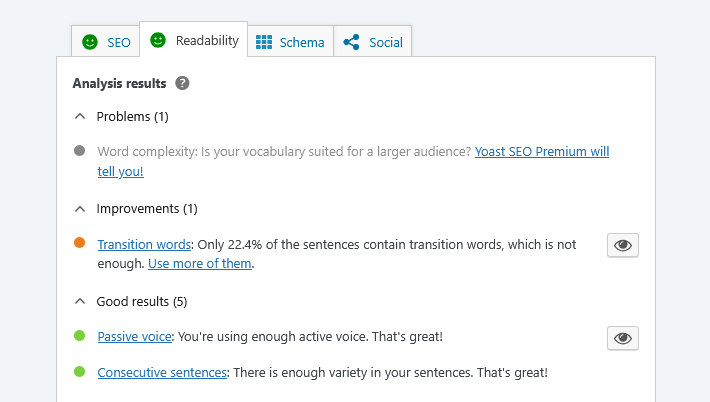
RELATED
Tools like SEMrush, Ahrefs, or Surfer SEO can automate keyword research, competitor analysis, and content optimization.
3.2 Schedule Blog Posts in Advance
Consistency is key to building an audience. Use your CMS’s scheduling feature to plan and publish posts in advance. Most blogging platforms, including WordPress and Blogger, allow you to schedule posts in advance.
This ensures your blog remains active even when you’re unable to write new content, and especially useful when managing a content backlog or planning posts around seasonal trends.
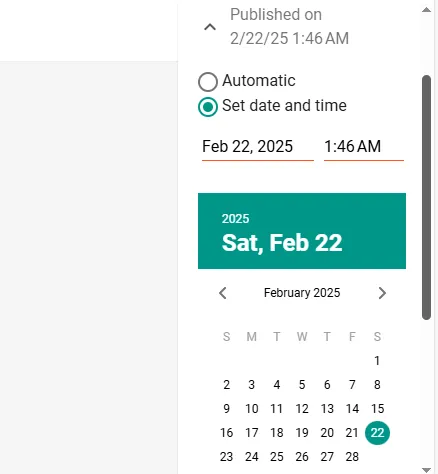
3.3 Use an Editorial Calendar
A well-organized editorial calendar helps you plan and schedule content in advance. Tools like Trello, Asana, or Notion allow you to outline post ideas, assign deadlines, and track progress.
This ensures that you maintain a steady publishing schedule without last-minute stress.
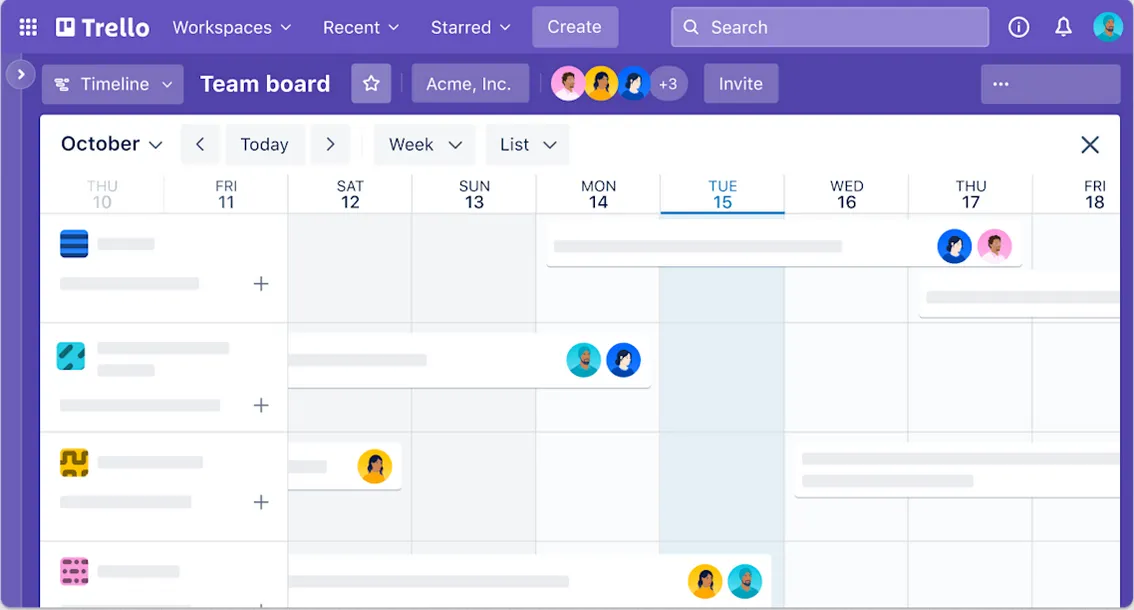
3.4 Automate Social Media Sharing
Promoting your blog on social media is crucial for driving traffic. Instead of manually sharing each post, use tools like Buffer, Hootsuite, or Later to schedule social media updates automatically.
This keeps your audience engaged even when you’re not actively online.
| Pro Tip! Share each blog post multiple times across different platforms to maximize reach. Use tools like Revive Old Posts to reshare evergreen content. |
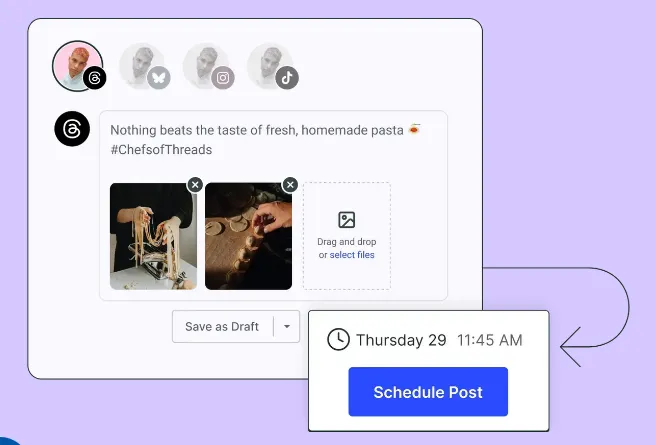
3.5 Leverage Email Marketing Automation
Building an email list is one of the most effective ways to engage your audience. Use email marketing tools like Mailchimp, Kit, or ActiveCampaign to automate newsletters, welcome emails, and follow-ups.
Related: How to Setup Free Newsletter Plugin on WordPress
3.6 Automate Image and Media Optimization
High-quality images enhance your blog, but manually optimizing them can be tedious. Tools like Canva for design automation and TinyPNG for image compression help maintain performance without compromising quality.

3.7 Automate Comment Moderation
Engaging with your audience is important, but manually moderating comments can be time-consuming. Use tools like Disqus or WordPress plugins to automate comment moderation and filter out spam.
| Pro Tip! Set up automated responses for common questions or comments to save time while maintaining engagement. |
RELATED
- How to Sign Up for Disqus & Use Free Plan | Get Shortname
- How to Enable/Disable Comment Moderation in WordPress
- How to Stop Spam Bot Comments in WordPress
- How to Stop Spam Comments In WordPress With reCaptcha
- How To Get Email Notification On WordPress Comments
3.8 Repurpose Content Automatically
Repurposing content is a great way to extend the life of your blog posts. Use tools like Lumen5 or Canva to turn blog posts into videos, infographics, or social media posts automatically.
Related: What is Repurpose Content & How to Repurpose Content for Different Platforms
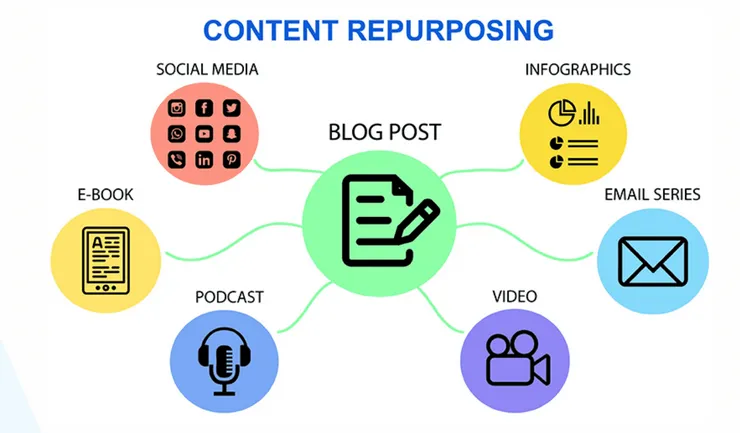
3.9 Use AI Writing Tools
While human creativity is irreplaceable, AI-powered writing tools like Grammarly, Jasper, or Copy.ai can help generate ideas, improve grammar, and optimize content for SEO.
| Pro Tip! Use AI tools to create outlines or generate meta descriptions, but always review and edit the output to ensure it aligns with your voice and style. |
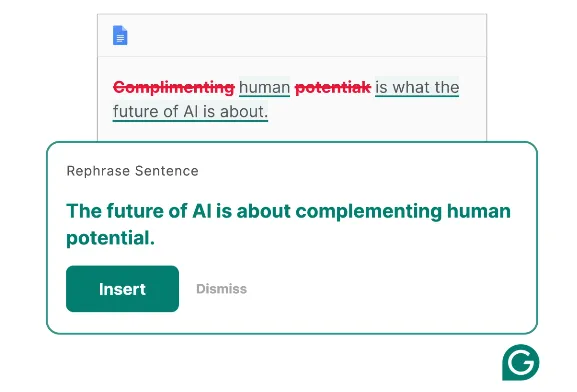
3.10 Monitor Performance with Analytics
Tracking your blog’s performance is essential for growth. Use tools like Google Analytics, MonsterInsights, etc, to automate performance tracking and generate reports.
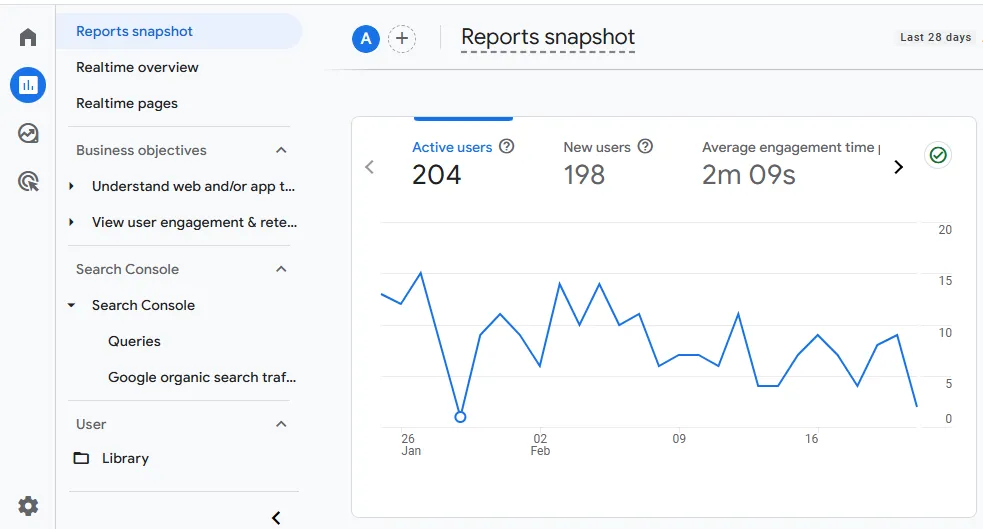
RELATED
- How To Sign Up & Link Website With Google Analytics 4 (GA4)
- How To Show Google Analytics In WordPress | Site Kit By Google
- How to View Bounce Rate on Google Analytics 4 (GA4)
3.11 Automate Backups and Security
Protecting your blog from data loss and cyber threats is crucial. Use plugins like UpdraftPlus to automate backups and ensure your content is safe.
| Pro Tip! Enable automatic updates for your CMS, plugins, and themes to keep your blog secure and up-to-date. |
04. Final Thoughts
Blogging automation is a game-changer for beginners looking to streamline their workflow and focus on what matters most—creating valuable content. By leveraging the right tools and strategies, you can save time, maintain consistency, and grow your blog more effectively. Start small, experiment with different tools, and gradually build an automation system that works for you. Remember, the goal is not to replace the human touch but to enhance your productivity and creativity.
Enjoyed this post? Share it with your friends to spread the word! We’d love to hear your thoughts—drop your feedback in the comments below!
Also Read
- How to Add Schema Markup to a Website
- How to Optimize Your Blog for Voice Search
- Content Marketing Mistakes to Avoid: A Comprehensive Guide
- How to Create Content Marketing Calendar: Comprehensive Guide
- Best Content Marketing Tools for Beginners
- Why Does it Take So Long to Get Traffic on New Blogs, Even With Good Content, and SEO?






Leave a Reply